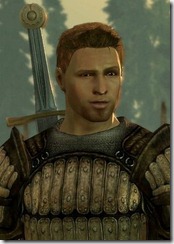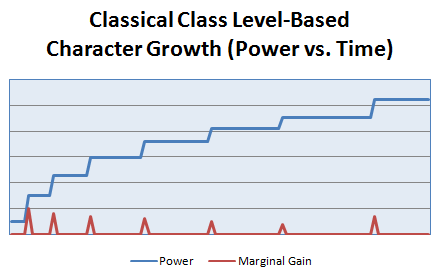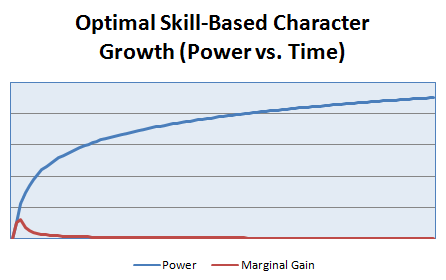 Goal generation is fundamentally a social endeavor. In real life, a person’s goals are largely dictated by the people with which that person socializes. Your friends relate their goals to you and you, to stay friends with them, align your goals; or, if you don’t particularly favor the friendship, you can find other friends onto whom you can project your own goals. Similarly, successful products in market economies manipulate how consumers generate goals so that the goals of the consumer appear to align with (and cooperate with) the goals of the producer. Goal generation is central to the way we live our lives; many philosophers have dedicated themselves to defining the process of goal generation and validating the processes we use and should use to prioritize goals.
Goal generation is fundamentally a social endeavor. In real life, a person’s goals are largely dictated by the people with which that person socializes. Your friends relate their goals to you and you, to stay friends with them, align your goals; or, if you don’t particularly favor the friendship, you can find other friends onto whom you can project your own goals. Similarly, successful products in market economies manipulate how consumers generate goals so that the goals of the consumer appear to align with (and cooperate with) the goals of the producer. Goal generation is central to the way we live our lives; many philosophers have dedicated themselves to defining the process of goal generation and validating the processes we use and should use to prioritize goals.
Goal generation is as crucial to games as it is to real life. Understanding how games generate goals for players can help us to see better ways to make goal generation a natural and self-perpetuating process that can lead to games with significant staying-power.
MMOs fail at goal generation, a failure that leads to a soul-sucking emptiness that has driven me from almost every MMO I have played.
The player’s obvious long-term goal in an MMO: to reach the end of whatever content is provided. Here we see the root of the theme-park model. The player is conditioned to get from the start to the end by society and prior games. Limited linear static goal design is a carry-over from single-player games—it follows directly from single-player game design where game designers and game writers create goals for the player based on the motivations that the player’s character should have. The story (and, perhaps, game mechanics) supply these motivations to the player’s character and these motivations are portrayed to the player through cutscenes, dialog, and character behavior. In great single-player games, the motivations of the player’s character are so well-portrayed that the player’s own motivations in the game align with the character’s. This is rarely the case in MMOs.
Character motivation in MMOs is a thin veneer at best—it’s usually completely absent. Because of the broken symbiosis of character advancement and storytelling, character motivation is relegated to a minor role if any. The PC is not considered a unique element of the world that pushes the story forward. MMO design treats each PC the same as every other PC (although sometimes only so far as the PC is a certain race or class). Content is static, simple, and manually designed. Any motivation that the player concocts in an attempt to roleplay is a handicap against character advancement because the only power the player has over his character’s motivation is manifested in avoiding certain pieces of content. The choice isn’t between ways to effect the world—the choice is deciding whether to participate. This choice can be valid, but it represents very few of the choices a hero would feasibly make.
In a single-player game, static linear content makes sense. The player can assume the role of a character who changes the world, and those changes can be relayed back to the player through story events. Limiting the goals of the player’s character works within the framework of the character’s motivations.
In an MMO, using static linear content does not make sense. Designs can use this approach and most theme-park games do, but these designs need to work around the fundamental disconnect between static content and a world that should be changing as players grow their characters. The player’s character moves through physical locations as she advances, progressing towards the eng-game, but those locations are not actually changed. Physical space in MMOs is used to act like the progression of time and events in a single-player game.
Goal generation in theme-park MMOs places the player on a treadmill. This must happen in order to have a world that does not change due to characters’ actions. Goal generation in theme-park MMOs will always be reduced to a grind because it does not demonstrate actual progress. The player maneuvers his character through content to reach whatever advancement goals she might have, but she will ultimately be inhabiting the exact same immutable and unchanging world at every second. When the scenery moves but you’re actually still in the exact same place, the feeling of progress changes to disillusionment. The facade is clear; only our innocence protected us from this understanding when we first entered, wide-eyed, into MMORPG worlds. We can never get our innocence back, regardless of how a game like Aion makes it tantalizing. No matter how fancy a treadmill may be, running on it will never get you to a new destination.
What is the solution? Clearly we must explore dynamic world design. My articles on accountability and simulationism provide clues at where I’d like to go here. I will explore my ideas for dynamic, self-renewing goal generation systems in a future post.








